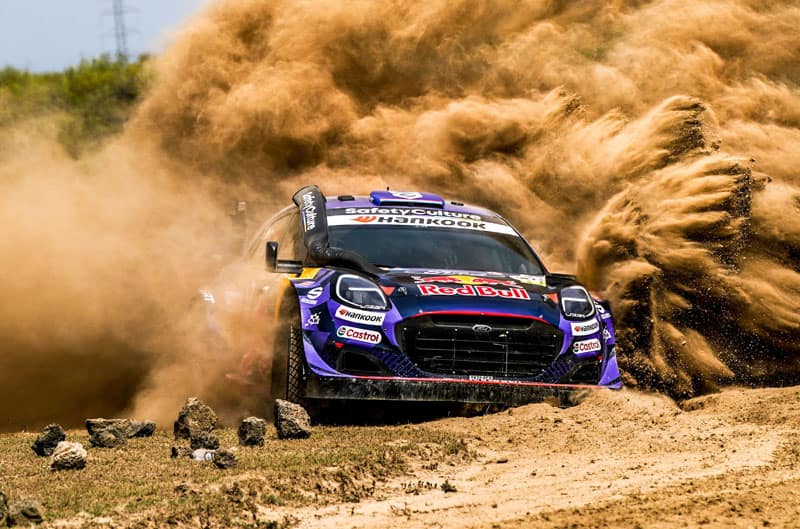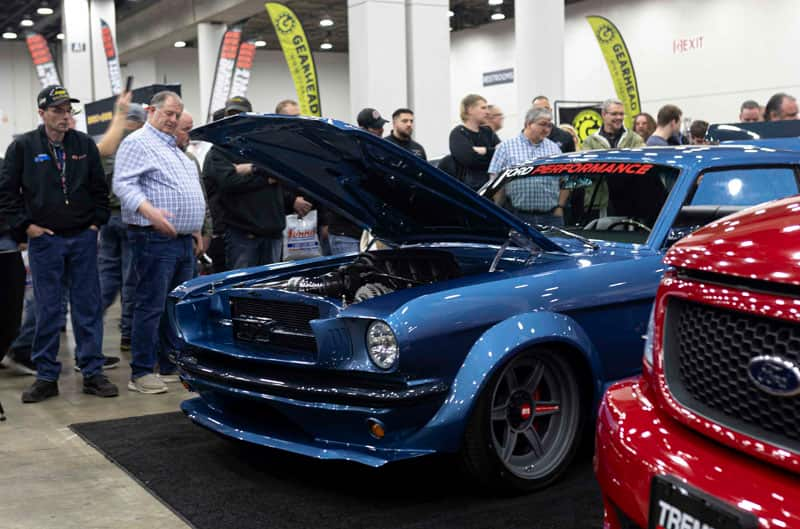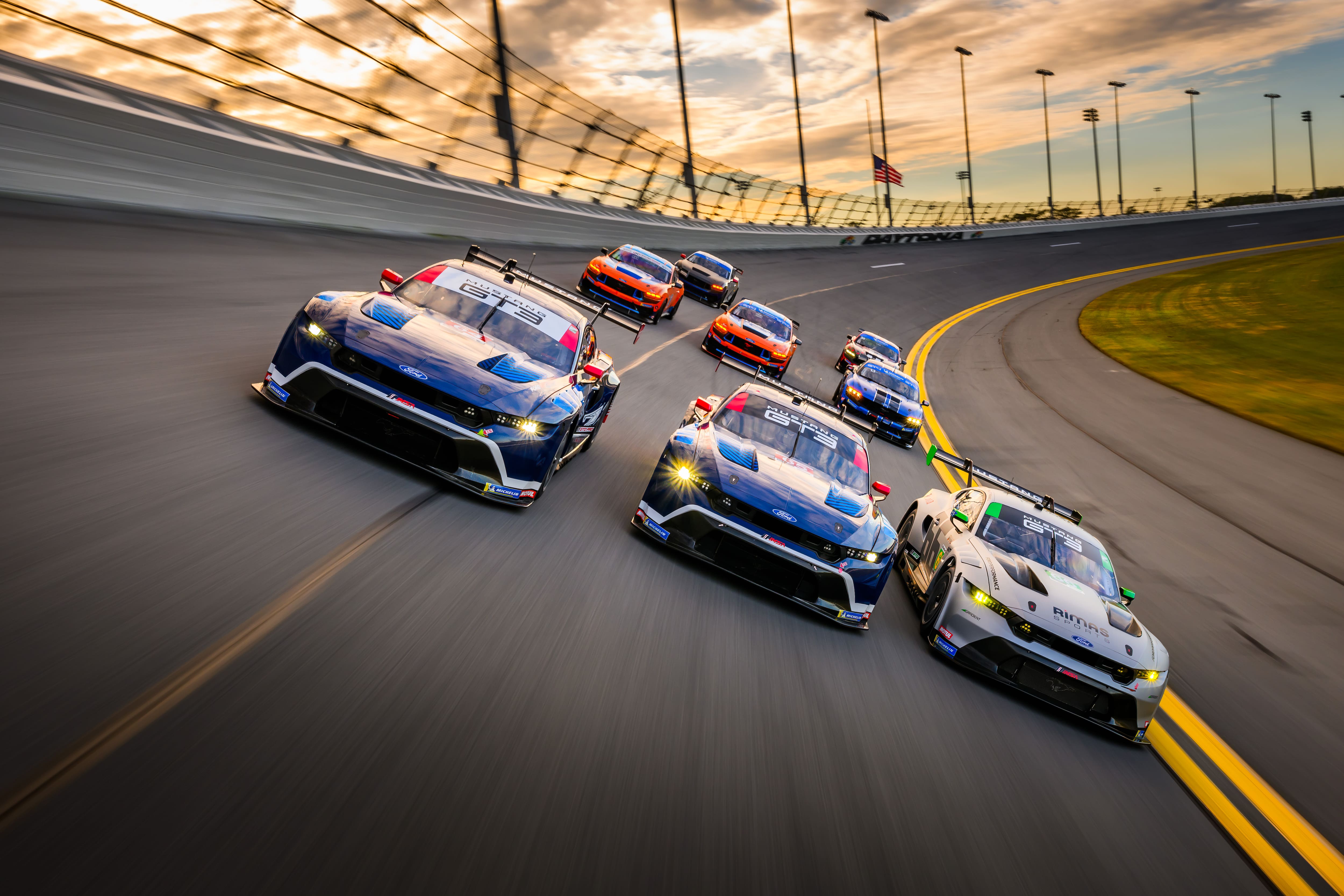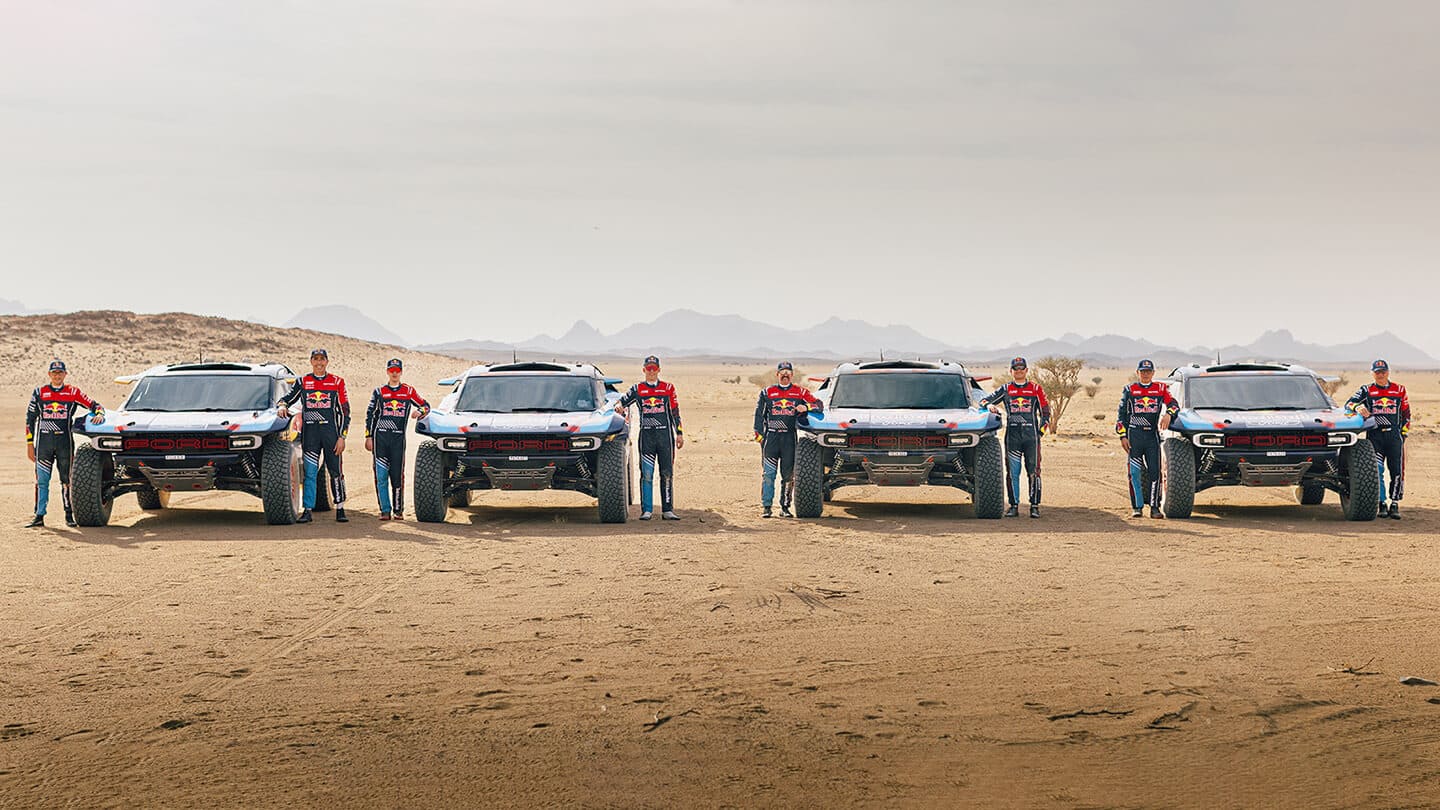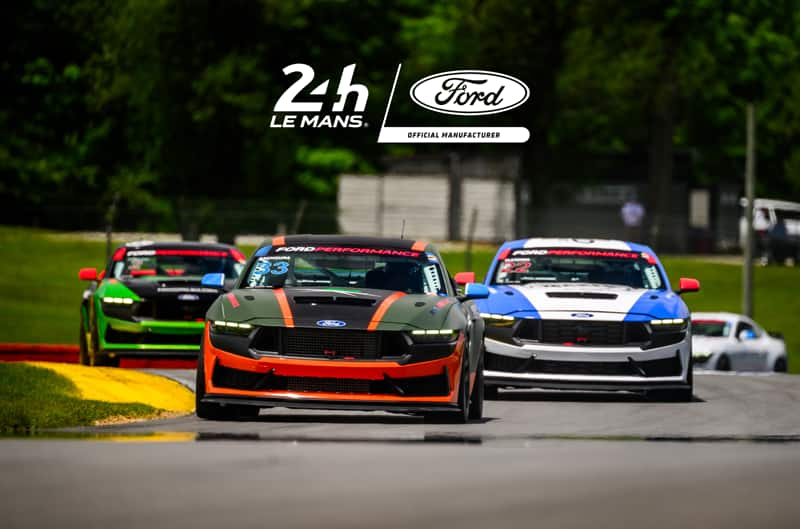


With the Chance to See So Many Iconic Fords, the Annual Iola Old Car Show Never Gets Old
By Dave Glickman
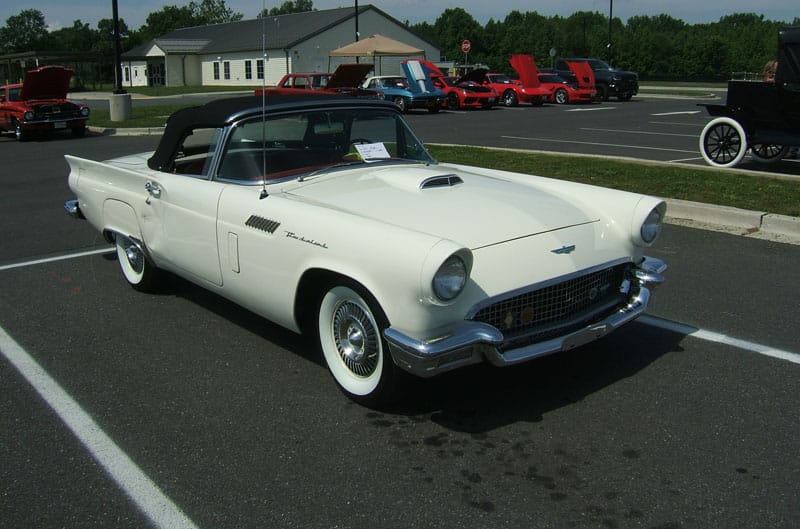
Surprise Ride in a Model T Makes Return to a Show for 2nd Year in a Row Better Than Winning a Trophy
By Rick Mitchell
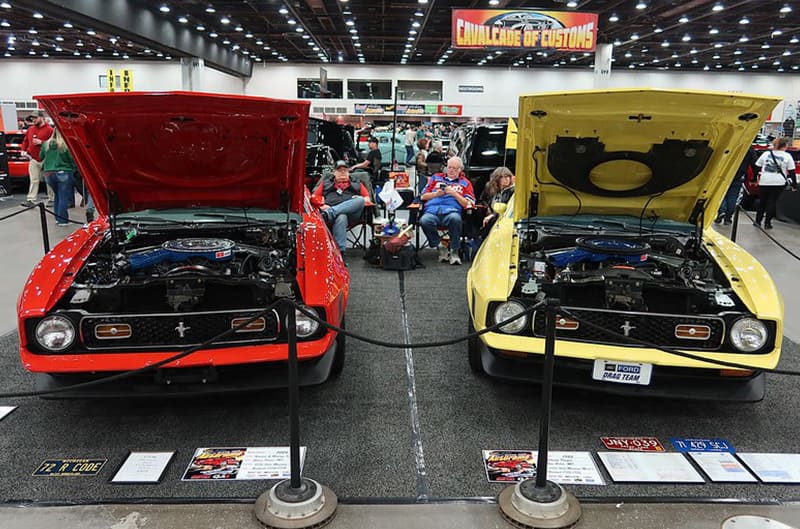
Blue Oval Fans Find Fords of Every Flavor, from Hot Rides to Cool Classics, at Detroit’s 72nd Autorama
Photos by Bill Cook
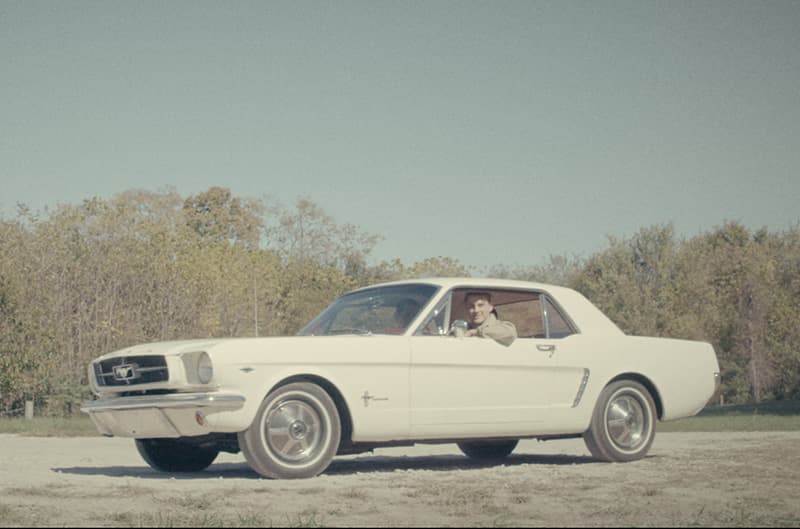
Enthusiasts Make Their Own ‘Spec Commercial’ Video for Reveal on March 9th to Honor 60 Years of Mustang
By John M. Clor
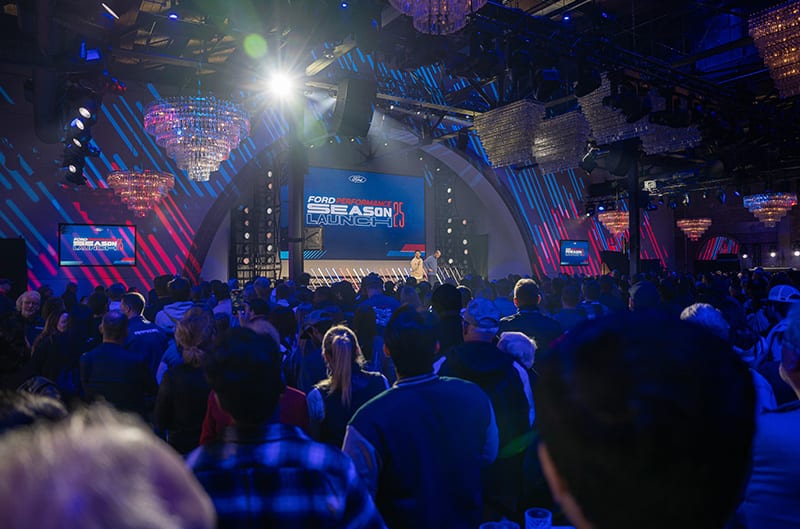
Ford Performance Hosts a 25 Season Launch Party to Help Get Fans Fired Up for More Racing Successes
By Joe Deladvitch
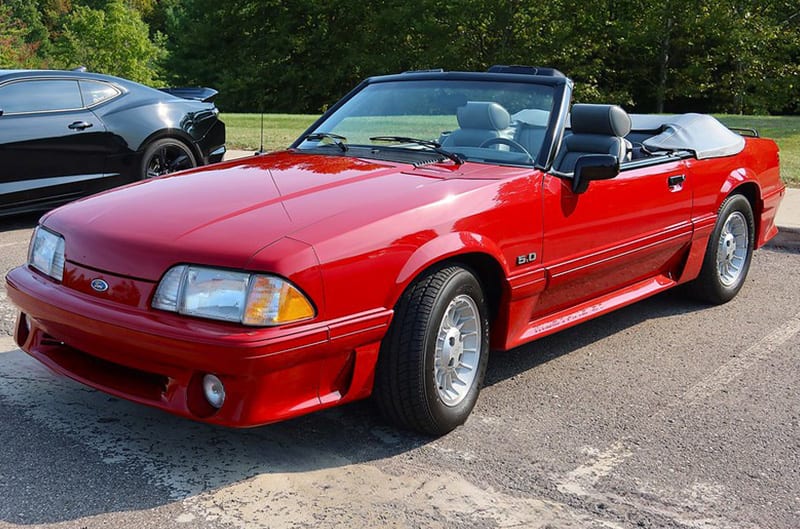
Let Some Hot Cars & Coffee Action in Suburban Detroit from Late Last Summer Take the Chill Off Winter
Photos By Bill Cook
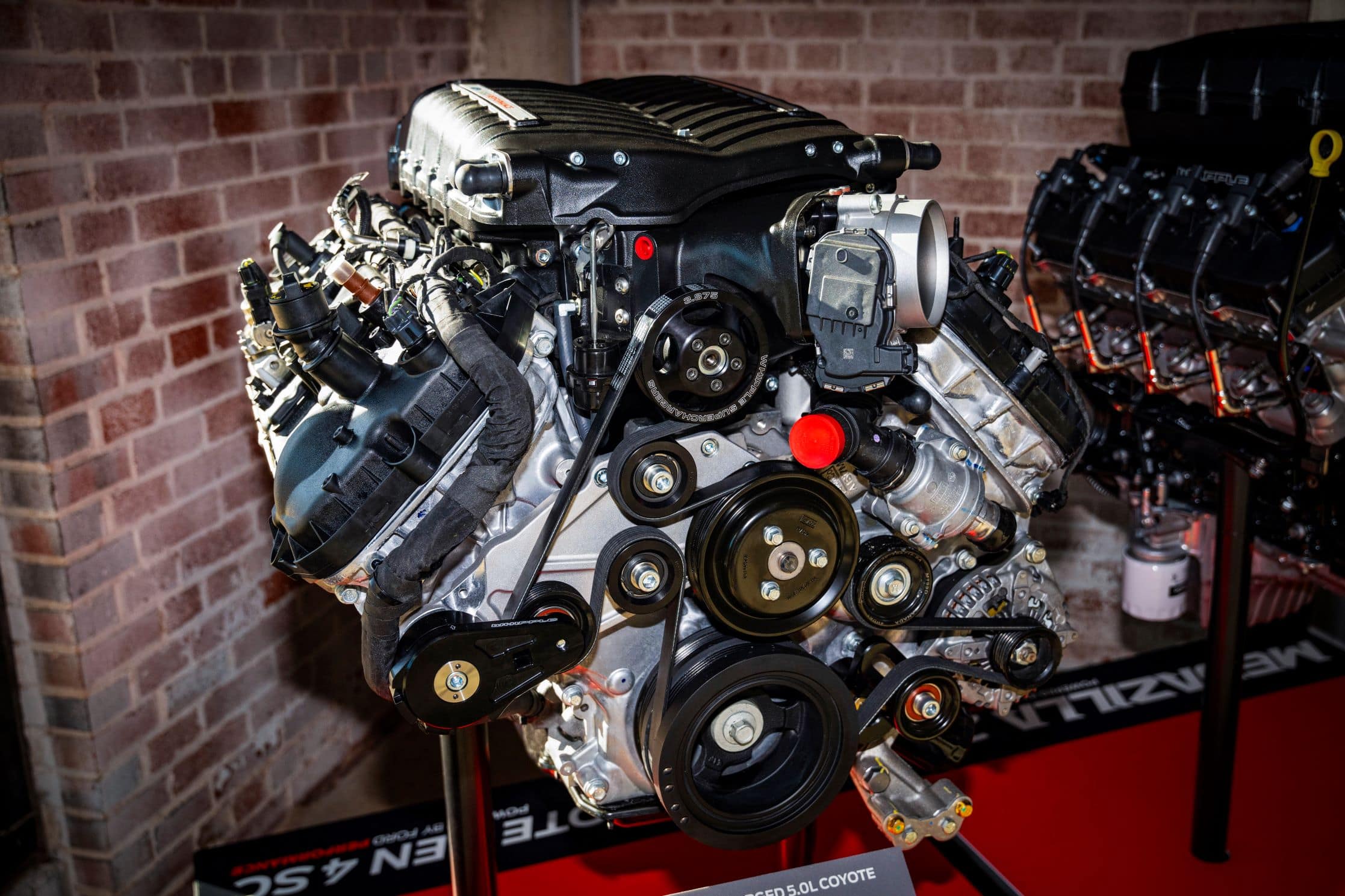
New Megazilla, Coyote Crate Engines Deliver More On- and Off-Road Power
By Kim Mathers
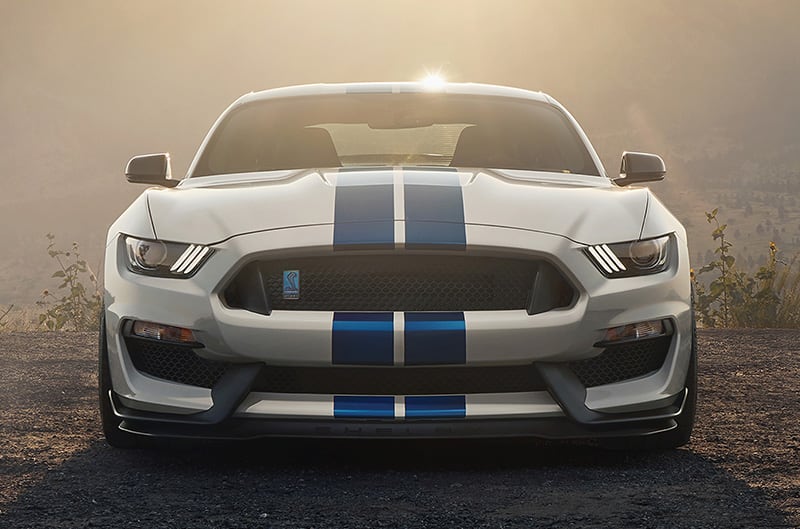
Come Explore the All-New FordPerformance.com Site to See How We’re Driving Ford Enthusiast Passion!
By John M. Clor
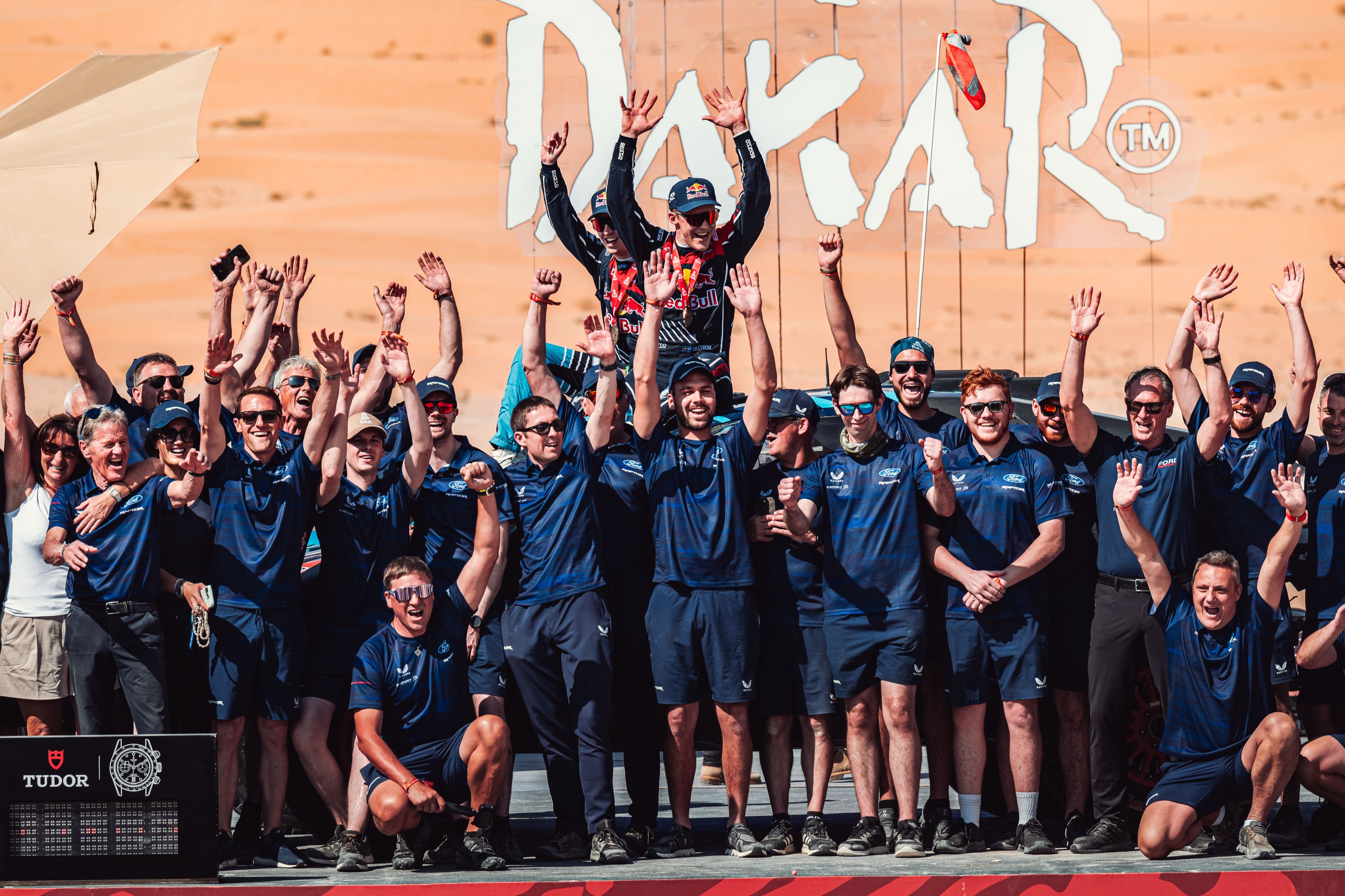
Ford Performance Celebrates Podium Finish and Thrilling Moments at the 2025 Dakar Rally

You Say it’s –4 and a Cold Wind’s Got You Down? Let Some 4H Camp Car Show Coverage Warm Your Soul
By Rick Mitchell
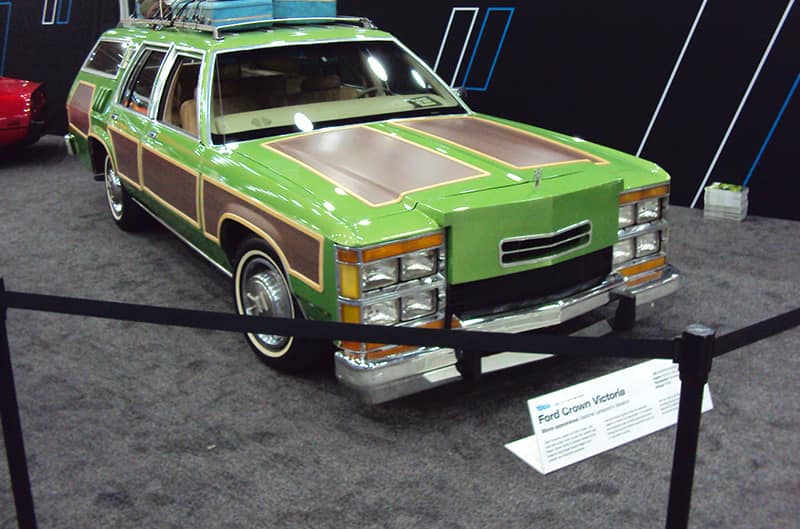
Ford Heats Up Reimagined Detroit Auto Show with RTR EcoBoost Mustang and GTD ‘Spirit of America’
By Austin Atwood
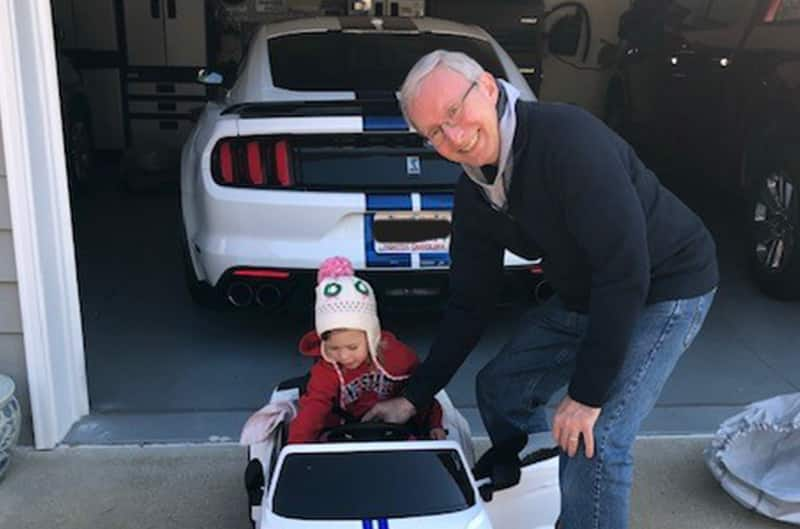
‘Santa’ Comes Through at the Last Minute to Land One Little Granddaughter Her Very Own Mustang
Submitted By Dave Olechovsky
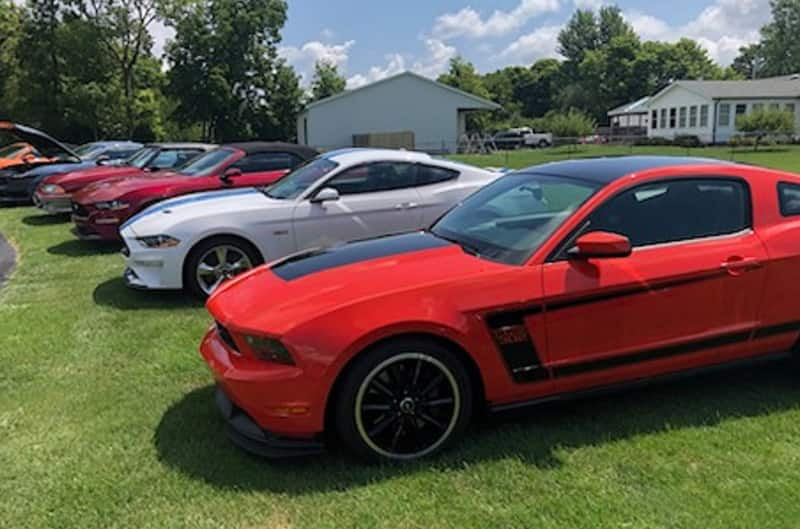
Three Nominees from Two Ohio Clubs Inducted Into Halderman Museum Mustang Club Member Hall of Fame
By John M. Clor
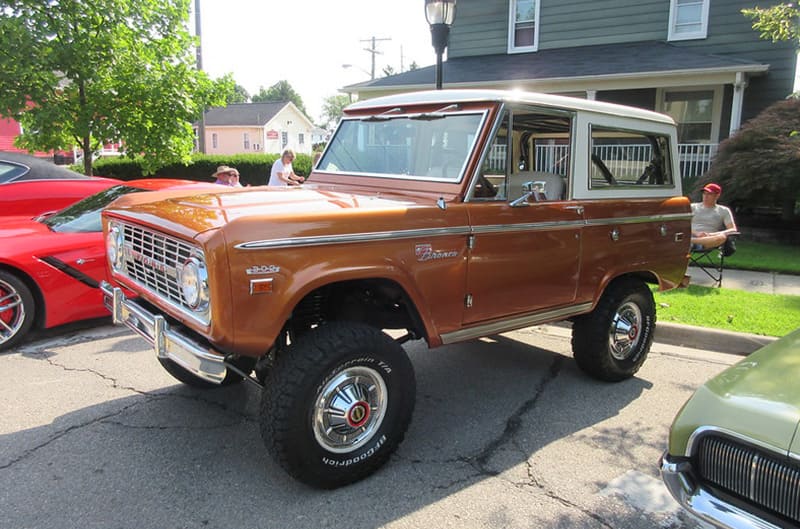
Let This Car Show Called ‘Bumpers, Bikes & Bands’ Help You Forget About the Cold, Snow and Sleet
Photos By Mark Storm
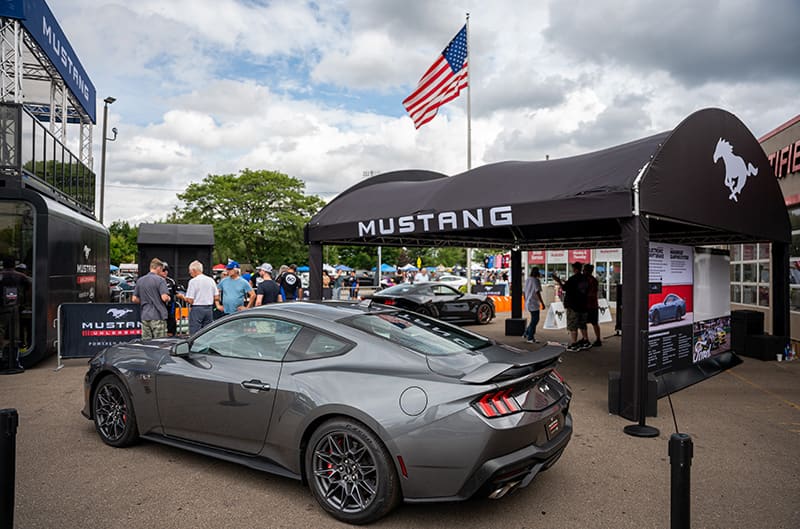
What a Year! Take a Look at the Top 10 Enthusiast Stories from 2024 Posted on FordPerformance.com
By John M. Clor
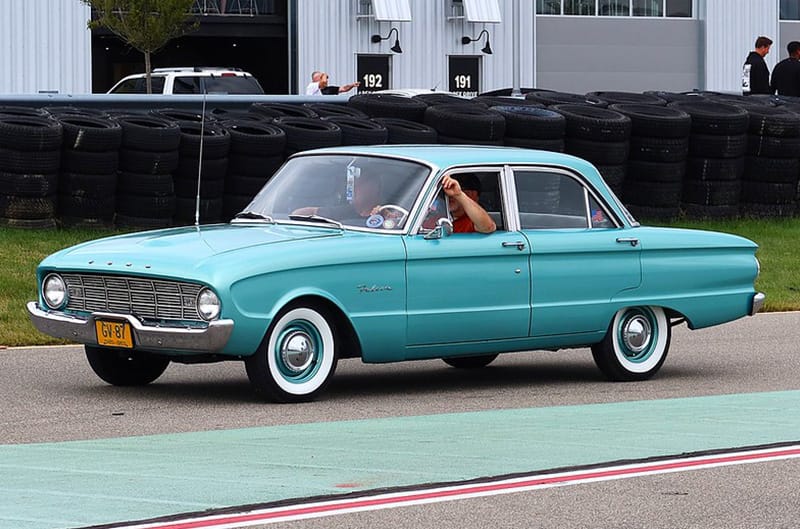
Warm Up with this Visit to a Ford-Filled Midsummer ‘Cars & Coffee’ Gathering at Michigan’s M1 Concourse
Photos By Bill Cook
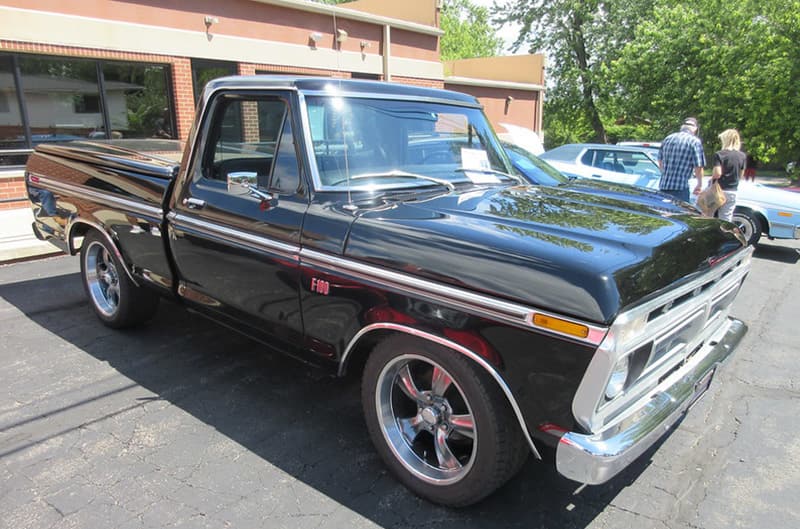
Beyond Sales and Service, Dealers Like Butman Ford Celebrate Ford Ownership with an Annual Car Show
Photos By Mark Storm

Subscribe to
Our Newsletter
Get up-to-date news, views, and races, including our weekly Fast News newsletter from Ford Performance.


